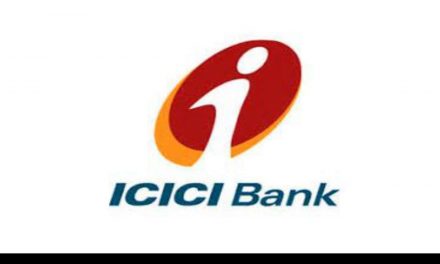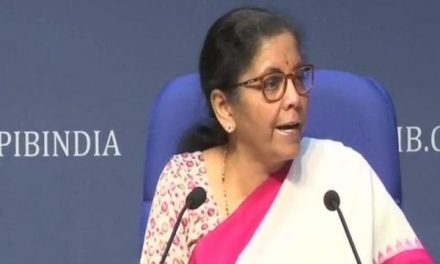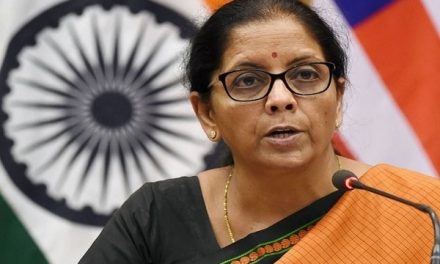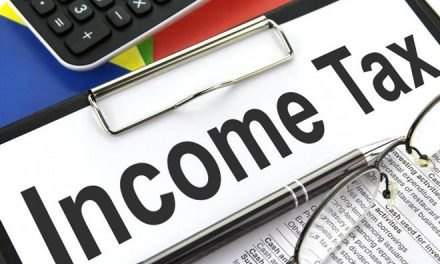The Reserve Bank of India (RBI) on Friday kept its key lending rate unchanged for the third time in a row as widely expected amid high inflation and said it will maintain an accommodative stance, implying there could be more rate cuts in the future if the need arises to support the economy hit by the coronavirus pandemic. The repo rate was left unchanged at 4% while the reverse repo rate or the key borrowing rate stayed at 3.35%.
RBI governor Shaktikanta Das said that the Monetary Policy Committee (MPC) voted unanimously to keep the repo rate unchanged. He also said the economy was rebounding faster than expected from a coronavirus-pandemic induced slump earlier in the year but warned signs of recovery were far from being broad-based.
“MPC decided to continue with accommodative stands of monetary policy as long as necessary, at least till a current financial year and into next year to revive growth on a durable basis and mitigate the impact of Covid-19 while ensuring that inflation remains within the target,” Das said. “MPC decided to continue with accommodative stands of monetary policy as long as necessary, at least till a current financial year and into next year to revive growth on a durable basis and mitigate the impact of Covid-19 while ensuring that inflation remains within the target,” Das said.
RBI has slashed the repo rate by 115 basis points or bps since late March to cushion the shock from the coronavirus crisis and sweeping lockdowns to check its spread. However, inflation has remained consistently above the upper end of the RBI’s mandated 2%-6% target range every month barring March this year, with core inflation also remaining sticky.
Das also said that the Marginal Standing Facility (MSF) rate and the bank rate remained unchanged at 4.25%. The central bank also changed its FY21 real GDP target, sees the economy contracting by 7.5% from an estimation of a 9.5% contraction earlier. “The real GDP growth for FY21 is projected at -7.5% vs -9.5% projected earlier and H2FY21 is expected to show positive GDP growth,” Das said.
Indian economy that shrank 23.9% in the first quarter of 2020-21 mainly due to a nationwide lockdown because of Covid-19 pandemic, saw some improvement in the second quarter as contraction reduced to 7.5%. However, the retail inflation continued its surging streak for the ninth month in a row to reach 7.61% in October, the highest since May 2014.
Das said on Friday that the MPC expects this trend to persist and that the outlook for inflation has turned “adverse.” The MPC sees inflation in the current quarter at 6.8% before cooling slightly to 5.8% in the Jan-March quarter. Das also noted that consumer confidence for the next year has turned positive.
RBI had last revised its policy rate on May 22, in an off-policy cycle to perk up demand by cutting interest rates to a historic low. The 26th meeting of the rate-setting MPC with three external members – Ashima Goyal, Jayanth R Varma and Shashanka Bhide – began on December 2. This is the second meeting of the members, who are appointed for a term of four years.
The government moved the interest rate setting role from the RBI governor to the six-member MPC in 2016. Half of the panel, which is headed by the governor, is made up of external independent members.
MPC has been given the mandate to maintain annual inflation at 4% until March 31 next year with an upper tolerance of 6% and a lower tolerance of 2%.











